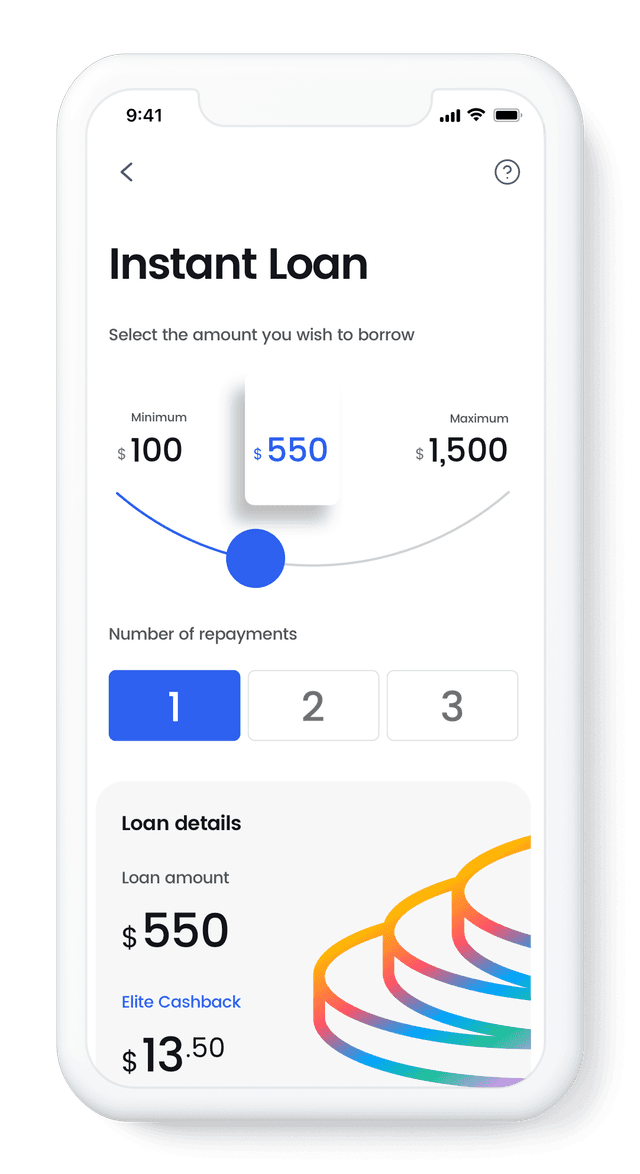Why Start Saving for Retirement Early
It’s a dream many of us have, over and over again. The dream of retiring and spending our years doing whatever we want: maybe it's traveling the world, spending time with grandchildren, or pursuing hobbies you've always dreamed about. This dream can happen, but turning it into a reality starts with one major step - saving money early and creating a financial plan for yourself.
It may seem obvious, but the earlier you begin, the more time your money has to grow through compound interest, which is essentially earning interest on your interest. For example, if you start saving $200 monthly at age 30, with an average annual return of 6%, you could have approximately $245,000 by age 65. Wait until age 45 to start saving the same amount, and you might only accumulate around $98,000 - less than half the amount!
Truthfully, early retirement planning brings peace of mind. According to a 2023 survey by the Canadian Imperial Bank of Commerce (CIBC), 32% of Canadians worry they aren't saving enough for retirement. By starting early, you're not just building wealth - you're working toward financial security that can help reduce stress and anxiety about your future.
Are you looking to start saving early for retirement? Let’s look at some quick tips on how to save for retirement!
Determining How Much You Need for Retirement
So let’s begin with the most important question, and one that most people have which is "How much do I actually need to save?" There's no one-size-fits-all answer, but financial experts often suggest aiming for 70-80% of your pre-retirement income for each year of retirement. For the average Canadian earning $65,000 annually, this means targeting between $45,500 to $52,000 per year in retirement income.

Start by looking at these key factors:
Your desired lifestyle
Expected age to retire
Current savings and assets
Potential healthcare costs
If you’re unsure how much you’ll need, there are many free retirement calculators online that can help crunch these numbers and give you a clearer picture of your retirement needs based on your specific situation.
Comparing Current and Future Spending
When planning for retirement, remember that your spending habits will probably change over time. Some expenses may decrease (like commuting costs or work clothes), while others might increase (such as healthcare or leisure activities).
Here's a small tip that can help you figure it out: track your current monthly spending for three months, then adjust them based on what you think your retirement plans will be.
Unfortunately, you’ll also have to think about inflation! The Bank of Canada aims to keep inflation at 2% per year, meaning that $1,000 today might only buy $610 worth of goods in 25 years.
Estimating Your Retirement Age
Your chosen retirement age significantly impacts how much you need to save. The standard in Canada is 65, when full CPP benefits kick in. However, you can start receiving reduced CPP benefits as early as 60 or enhanced benefits if you delay until 70.
There are actually some benefits to delaying your retirement (within reason of course). For every year you delay retirement, you gain three key benefits:
More time to save and invest
Fewer years of retirement to fund
Potentially higher CPP and workplace pension benefits
How to Start Saving for Retirement
Saving for retirement as an overall concept can sound a little overwhelming, but it doesn’t have to be. Start with these simple, actionable steps that can put you on the path to a secure retirement:
Set up automatic contributions from your paycheck - even starting with just 4% of your income can make a significant difference
Open a savings account like a Tax-Free Savings Account (TFSA) or Registered Retirement Savings Plan (RRSP)
Create a monthly budget that includes saving for retirement as a priority and saving any extra money you can.
Review and reduce unnecessary spending
Ask your employer if a workplace retirement plan or program is available - this is essentially free money for your retirement and can go straight into a savings account
Balancing Current Financial Priorities
One of the major challenges of saving for retirement is juggling multiple financial responsibilities while trying to save money. Here's an approach that can help deal with these financial demands:
First, try to build an emergency fund covering 3-6 months of expenses. This prevents you from dipping into savings for unexpected costs. Next, tackle high-interest debt like credit cards while maintaining minimal retirement contributions. Once that's managed, you can increase your savings.
Consider this as a priority order:
Emergency fund (while contributing minimum to retirement)
High-interest debt repayment
Increased retirement savings
Other financial goals (home down payment, etc.)
Examples of Monthly Savings Plans
Here's what different retirement savings scenarios might look like, assuming a 6% average annual return:
Starting at age 30:
Saving $300/month could grow to $367,000 by age 65
Increasing to $500/month could reach $612,000
Contributing $750/month might achieve $918,000
Starting at age 40:
You'd need to save $600/month to reach the same $367,000 by age 65
$1,000/month to achieve $612,000
$1,500/month to get to $918,000
These examples show why starting earlier matters - the longer your money has to grow, the less you need to save monthly to reach your goals. Remember, even small increases in your monthly savings can have a big impact over time.
Strategies for Maximizing Retirement Savings
Once you've started saving for retirement, it's important to maximize every dollar you put away. Smart strategies can help your savings grow faster and more efficiently. Focus on increasing your contributions whenever possible. This might mean directing work bonuses, refunds, or raises straight into your savings before you get used to spending them.
Understanding Investment Options
Next, think about an investment strategy! Now for some, investing money can sound like a complicated thing, but it certainly doesn’t need to be. Here are some common options that can help you work towards your retirement goals:
Mutual Funds: These are professionally managed investments that pool money from many investors. Mutual funds offer diversification and professional management, though they come with management fees.
Index Funds: These low-cost investments track market indexes like the S&P/TSX Composite Index. They typically have lower fees than mutual funds and have historically provided consistent long-term returns.
GICs (Guaranteed Investment Certificates): These offer guaranteed returns over fixed periods, making them suitable for more conservative investors or those closer to retirement.
Tax Benefits of Retirement Accounts
Understanding the tax advantages of different retirement accounts can help you save more effectively:
TFSAs: When you put money into a TFSA, you don't get an immediate tax break, but any money your investments earn (like interest or investment growth) is completely tax-free. Even better, when you take money out of your TFSA in retirement, you won't pay any taxes on it. This makes TFSAs great for savings, especially if you expect to have other sources of income when you retire.
RRSPs: These give you an immediate tax deductible benefit - the money you put into an RRSP comes off your taxable income for that year, which usually means a bigger tax refund. Your money then grows tax-free while it stays in the account. When you withdraw it in retirement, you'll pay income tax on it as regular income.
Adjusting Your Plan Over Time
As great as it is to be prepared far in advance, a plan needs to be adaptable. Life changes happen, and your retirement strategy should be adjusted/evolved in these situations. Review your plan annually or when major life events occur, such as:
Career changes
Marriage or divorce
Having children
Receiving an inheritance
Changes in health status
Planning for Inflation and Pensions
The average inflation rate in Canada has historically been around 2% annually. So, crunching these numbers, it means that basically $50,000 today might need to be $82,000 in 25 years to maintain the same purchasing power.
If you have a workplace pension, you should immediately find out (if you don’t already know) whether it's indexed to inflation. The Canada Pension Plan (CPP) and Old Age Security (OAS) are indexed to inflation, providing some protection against rising costs.
Setting Yourself Up for a Comfortable Retirement
Building a comfortable retirement is 100% possible, but it takes time, consistency, and careful planning. Track your progress regularly and adjust your strategy as needed. Consider working with a financial advisor who can provide personalized guidance and investment advice for your situation.
Starting your retirement savings journey might seem challenging, especially if you're dealing with immediate financial needs. If you need short-term financial assistance to help manage current expenses while maintaining your retirement savings, iCash offers quick and convenient payday loans.
Visit iCash.ca today to learn more about how we can help you maintain your financial and retirement goals while managing your immediate needs. Apply now and get approved in minutes!











